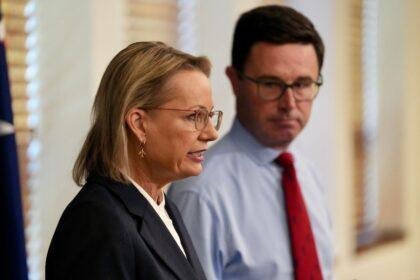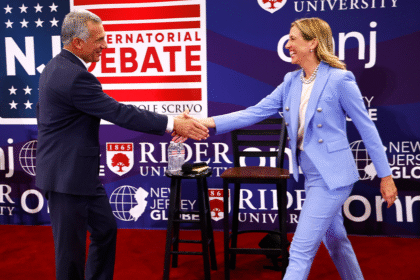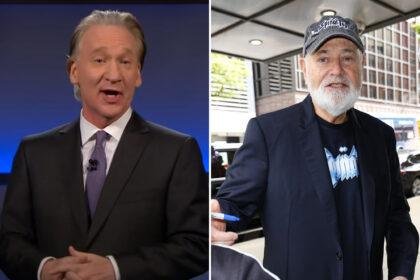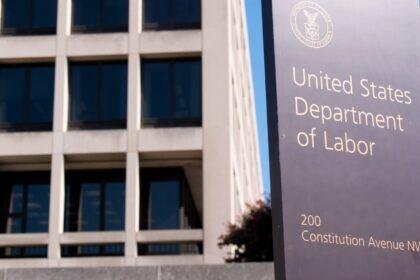Government Shutdown Enters Seventh Day: Furloughed Workers Face Uncertain Future
As the government shutdown stretches into its seventh day, lawmakers in Washington remain at an impasse, with no clear resolution in sight. The ongoing stalemate has raised significant concerns, particularly regarding the fate of furloughed federal employees, who may not receive paychecks during this period of political gridlock.
Stalemate in the Senate
On Tuesday, the Senate was poised for a sixth vote aimed at reopening the government, but discussions faltered once again. Both Senate Republicans and Democrats have entrenched themselves in their respective positions, complicating efforts to reach a compromise. Senate Democrats are demanding a firm agreement on the extension of expiring ObamaCare tax credits as a condition for their support, while Senate Republicans insist that negotiations on these credits can only commence once the government is operational again.
This deadlock echoes past government shutdowns, where partisan divisions have often led to prolonged periods of uncertainty. The current situation is reminiscent of the 2018-2019 shutdown, which lasted 35 days and was primarily centered around funding for a border wall. The political stakes are high, and the consequences of inaction are increasingly dire.
The Impact on Federal Workers
A recent memo from the White House, first reported by Axios, has added a new layer of anxiety for federal employees. It suggests that up to 750,000 nonessential furloughed workers may not receive back pay, a departure from a 2019 law signed by former President Trump that guaranteed such compensation during future shutdowns. This development has left many federal workers in a precarious position, caught in the crossfire of political maneuvering.
Senate Minority Leader Chuck Schumer (D-N.Y.) has been vocal in his criticism of House Speaker Mike Johnson (R-La.) and House Republicans, accusing them of exacerbating the situation by not being in session. “Hundreds of thousands of federal workers are furloughed, and thousands more are working without pay,” Schumer stated. “Meanwhile, House Republicans are getting paid and not working. This is a very bad picture for them.”
Diverging Perspectives on Pay
The question of whether furloughed workers will receive back pay has become a contentious issue. President Trump, when asked about the White House’s stance, stated, “It depends on who we’re talking about.” He emphasized that while some workers would be taken care of, others might not deserve it. This ambiguous response has only fueled further uncertainty among federal employees.
Senator Shelley Moore Capito (R-W.V.) expressed concern over the memo’s implications, stating, “My phones are lighting up.” She acknowledged that the memo could either escalate urgency or provoke backlash among those affected. Senator Thom Tillis (R-N.C.) echoed this sentiment, suggesting that the memo sends a negative message to those currently not receiving pay.
Conversely, Senator Brian Schatz (D-Hawaii) argued that the law is clear: “The word ‘shall’ is relatively straightforward.” He maintained that the focus should remain on healthcare negotiations rather than the intricacies of back pay.
Political Tensions and Future Prospects
The current standoff has not only affected federal workers but has also strained relationships among lawmakers. The Office of Management and Budget (OMB) has indicated that mass firings could be on the horizon, further complicating the situation. This warning comes alongside a previous memo from OMB Director Russ Vought, which announced that nearly $30 billion in federal funding would be withheld from blue cities and states.
Both Speaker Johnson and Senate Majority Leader John Thune (R-S.D.) have expressed a desire for federal workers to receive pay, arguing that the issue would resolve itself if the government were reopened. “My assumption is that furloughed workers will get back pay,” Thune stated. “But this is very simple: open up the government, and this is a non-issue.”
Despite these pressures, Senate Democrats have remained steadfast in their position, with Senator Jean Shaheen (D-N.H.) suggesting that the OMB’s actions are not conducive to resolving the situation. “It would be a lot easier to resolve the situation if Russ Vought would stop talking,” she remarked.
Historical Context and Implications
The current government shutdown is not an isolated incident; it is part of a broader pattern of political dysfunction that has characterized recent years in Washington. The inability to reach consensus on budgetary matters has led to repeated shutdowns, each with its own set of consequences for federal employees and the public at large.
Historically, government shutdowns have often resulted in significant economic repercussions, affecting not only federal workers but also contractors and local economies that rely on government spending. The 2018-2019 shutdown, for instance, cost the U.S. economy an estimated $11 billion, a stark reminder of the far-reaching implications of political stalemates.
Conclusion
As the government shutdown continues, the uncertainty surrounding furloughed workers and the broader implications for federal services remain pressing concerns. With both parties entrenched in their positions, the path forward appears murky. The stakes are high, and the consequences of inaction could reverberate far beyond the halls of Congress, affecting countless lives across the nation. As lawmakers grapple with these challenges, the urgency for a resolution grows ever more critical.










